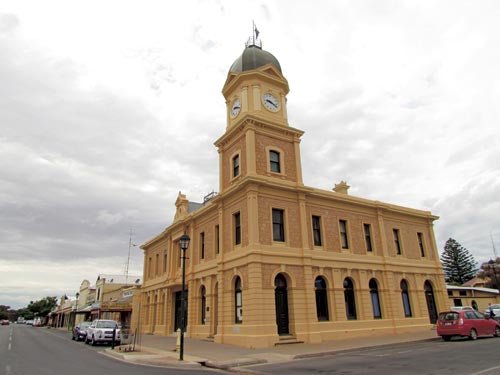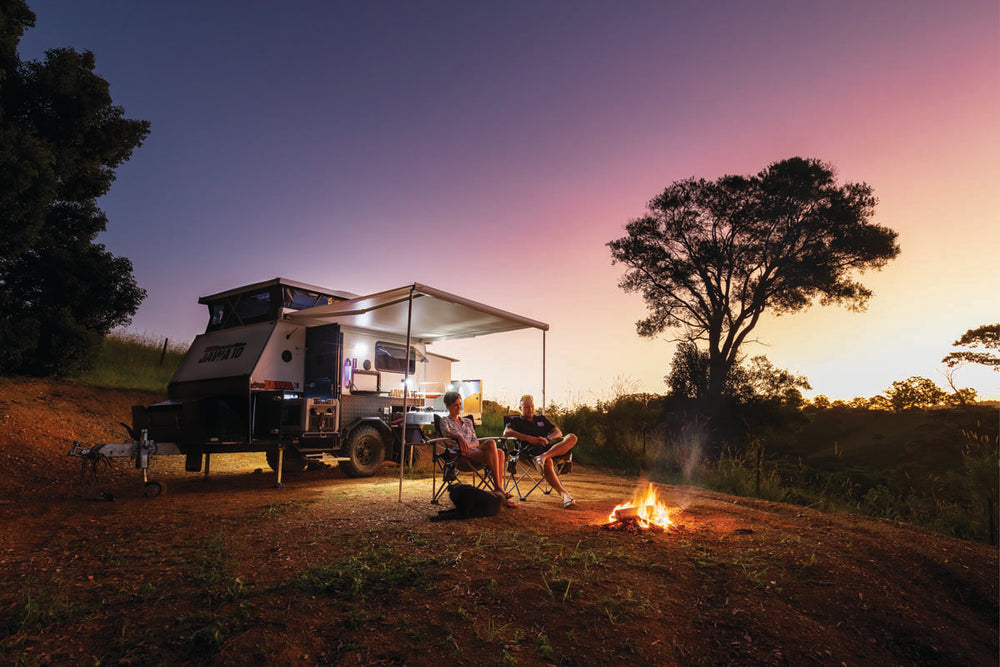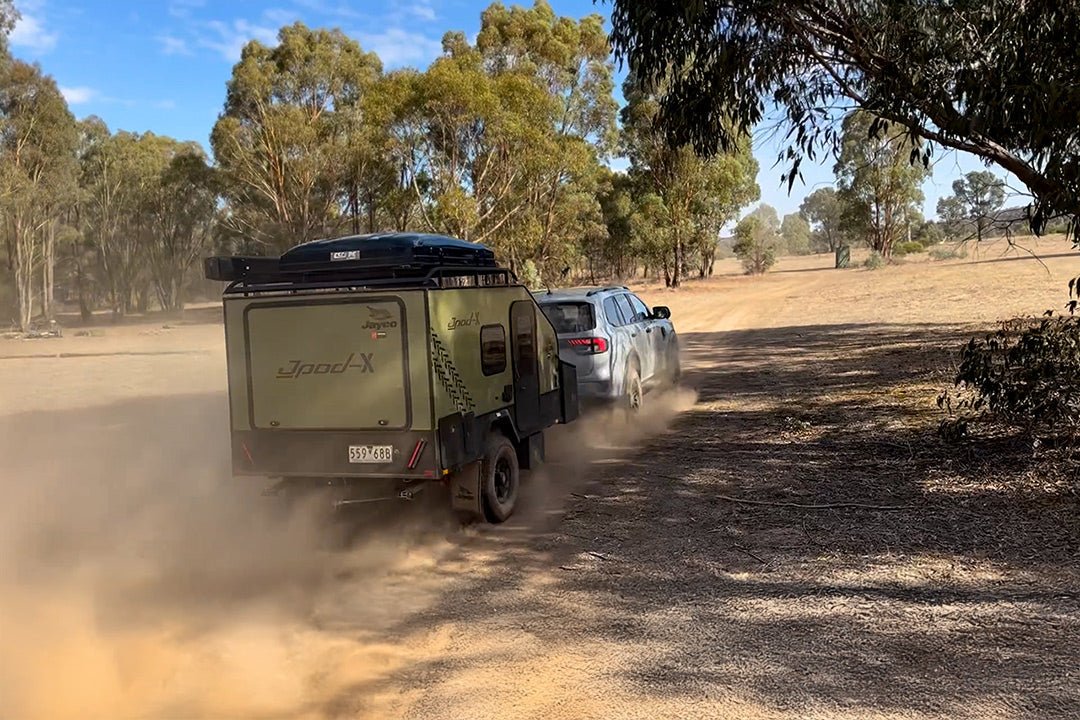DESTINATION: MOONTA BAY, SOUTH AUSTRALIA

· Copper mining sites
· Cornish heritage
· Colourful sunsets over the ocean
A sign on the edge of town welcomes visitors to ‘Australia’s Little Cornwall’ and a short distance along the road another sign announces that this is the Copper Coast. Tourism brochures refer to this area as the Copper Triangle. So where exactly are we?
We are in Moonta, SA, which is about 170km north-west of Adelaide, on the north-western side of the Yorke Peninsula. But what’s all this about Cornwall and copper?
At first, you might guess that the geography of the area looks rather like Cornwall, or that the sea is a deep coppery blue. But that’s not what gives this area its range of colourful names. It’s called the Copper Coast because copper was found here 150 years ago. Three towns sprang to serve the copper mines. These towns – Wallaroo, Moonta and Kadina – are known as the Copper Triangle. And since copper mining was carried out in Cornwall, Cornish miners were brought to Australia to work in Moonta’s copper mines.
The three towns are only about 10-15km apart and there are many interesting historical sites and museums to visit. As a bonus, the early Cornish miners have left a rich cultural heritage that is still evident in this area and give it the title of Australia’s Little Cornwall.
Amusingly, the first discovery of copper in the area is attributed to a wombat. Patrick Ryan, a shepherd on a sheep run at Wallaroo, saw copper in the mouth of a wombat burrow in 1861.
DOWN TO EARTH
Moonta is the best place to learn more about the Copper Triangle’s copper mining history. The Moonta mines produced a staggering 170,000 tonnes of copper metal.
Mining declined after the closure of the Wallaroo and Moonta Mining Smelting Company in 1923 but some leases continued production and some mines just north of Moonta have been mined since 1989.
The first thing you notice as you stroll along the tree-lined main street is that this is a very solid and prosperous-looking town. There are plenty of heritage buildings and a very grand Town Hall. In the park across the road from the Town Hall, there is a memorial to the discovery of copper in 1861. Wall murals depict scenes of the mines, and the stone-built Moonta School of Mines is an enduring reminder of how important mining was.
Even more amazing is the extensive collection of old engine rooms, boiler houses, historic cottages and other mine structures at the Moonta Mines State Heritage Area. There is a small tourist railway linking many of the main sites, but they can also be explored on foot or by car. The museum in the old Moonta Mines School, built in 1876, has many displays about mining.
After seeing all these exhibits about mining in a bygone era, it is interesting to visit the more modern Wheal Hughes Copper Mine which opened in the 1980s and operated until 1993. This site has an enormous open-cut mine, with views right down into the pit. You can take a guided tour through an underground section of the mine and see bright blue copper salts leaching out of the walls.
TO THE SEA
The town of Wallaroo, 15km north of Moonta and right on the coast, was the main shipping port for the Copper Triangle. Today, there is still a long jetty where ships are loaded. Across the road from the port, one tall chimney stack still stands, all that remains of a large copper smelting works.
The town centre is quiet and relaxing. One side of the main street is lined with tall trees and the other with old-style shops with projecting verandahs.
At the ocean end of the main street is the Tiparra Reef Lighthouse, which was built in 1877 and was originally located on the reef 15km offshore. What you see today is just the upper portion of the original lighthouse.
Next to the lighthouse is the Heritage and Nautical Museum filled with exhibits about boats and life in Wallaroo in the past. Inside, you can see everything from model ships and sailors’ knots to old telephone exchanges and cinema equipment.
PIONEERING SPIRIT
The third town in the Copper Triangle is Kadina, about 10-15km inland from each of the other towns. While Moonta is about mining and Wallaroo has a nautical flavour, Kadina is mainly a shopping and commercial centre. But the town has some worthwhile things for visitors, in addition to the shops and restaurants.
The Royal Exchange Hotel, on the corner of Graves and Digby streets, was built in 1874 and had the longest verandah in South Australia. It still looks very elegant today, with its ornate decorations and covered balcony above the street-level verandah. Across the road, in Victoria Square, the Victorian Rotunda was erected as a memorial to Queen Victoria’s Diamond Jubilee in 1897.
But the star attraction in Kadina is The Farm Shed, a National Trust museum complex with a large collection of memorabilia and displays. At this museum you can see Matta House, a mine manager’s residence that was built in 1863 and is now filled with furnishings and displays showing what life was like for the well-to-do in the mining days. From there, you can walk around the other buildings on the site to see displays of mining, printing the local newspaper, tractors, domestic life in the early-mid 20th century and a one-room school building.
CORNISH CONNECTION
As you explore these three copper towns, there are many reminders of the fact that most of the miners were from Cornwall. Shops and cafés sell Cornish pasties and you will see the Cornish flag flying in many places. There are also occasional Cornish words. For example, the ‘wheal’ in Wheal Hughes mine is the Cornish word for ‘mine’.
For the most comprehensive description of Cornish culture and how it affected the Copper Triangle, visit the museum in the old Moonta Mines School. You will probably smile at some of the Cornish sayings and superstitions. Some like ‘blind as a bat’ and ‘it’s unlucky to walk under a ladder’ have become everyday expressions. Others, like ‘clean the corners and the middle will look after itself’, are less familiar.
SUNSETS AND SEASCAPES
While exploring the Copper Triangle, we stayed at Moonta Bay Caravan Park – a Top Tourist Park just a couple of kilometres out of Moonta town centre and overlooking the calm, sheltered waters of Moonta Bay. The park is laid out on several levels, so you can choose to be up high with views out across the ocean, of the long jetty and the dramatic colours at sunset. Or you may prefer to be right down beside the beach, literally a few steps from the silver sand and the blue ocean.
The spacious caravan park has mainly grassed sites, some with a matting base, and some drive-through sites. There are plenty of free electric barbecues and picnic tables with ocean views, perfect for relaxing in the evening.
Just a short walk along the beach from the caravan park, there is a pizza restaurant and a café and convenience store beside the jetty car park. Or, if you prefer to have more choice, you can drive back into the town where there are several large supermarkets, cafés and restaurants.
The beautiful sunsets over the shimmering ocean are enough to make you want to linger in this idyllic spot. After exploring the sites of the Copper Triangle there is still the rest of the Yorke Peninsula, with its quaint villages and spectacular coastline, to explore.
FAST FACTS
· Moonta Bay Caravan Park is at Tossell Street, Moonta Bay, 1-2km from Moonta town centre. For more information, visit www.toptouristparks.com.au/parks/south-australia or phone (08) 8825 2406.
· Moonta, Wallaroo and Kadina are 160-170km north-west of Adelaide, on the Copper Coast Highway from Port Wakefield. Moonta Tourist Office is in the old railway station off Blanche Terrace, phone (08) 8825 1891. For more information on the towns, visit www.coppercoast.sa.gov.au.
· Information about Moonta Mines State Heritage Area is available at www.environment.sa.gov.au/heritage/shas/visiting_moonta.html.
· For more information on Wheal Hughes Copper Mine, visit www.southaustralia.com.
Originally published in Caravan World #508, November 2012.







